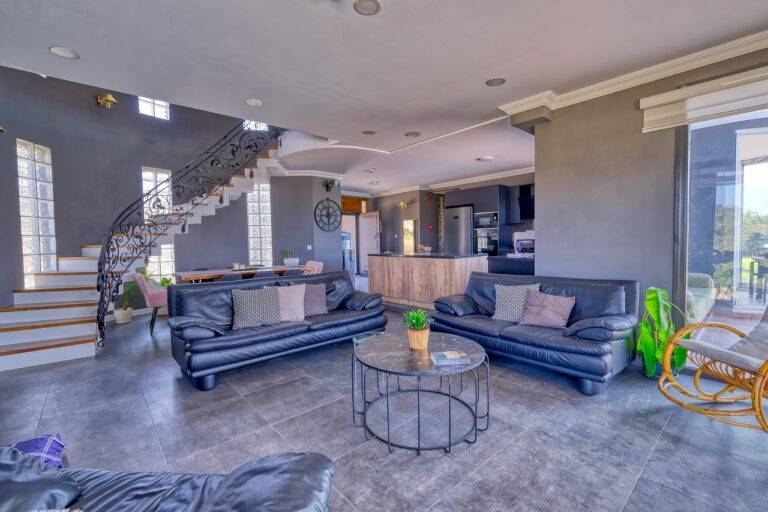Smart Lighting Control Systems: Customizing Your Home’s Ambiance
When embarking on the setup and programming of your smart lighting control system, it is essential to first ensure that all the necessary components are present and in working order. Begin by installing the central control hub in a centralized location to optimize communication with all connected devices. Remember to carefully read the manufacturer’s instructions to guarantee proper installation.
Once the central hub is set up, proceed to connect each smart light bulb or fixture to the system according to the provided guidelines. This typically involves linking the devices to the hub via a wireless connection such as Wi-Fi or Bluetooth. After all the lights are successfully integrated into the system, you can then commence programming the settings and automation schedules to suit your preferences and needs.
Maximizing Energy Efficiency with Smart Lighting Control Systems
To optimize energy efficiency with smart lighting control systems, it is pivotal to adjust lighting schedules based on occupancy patterns. By integrating occupancy sensors, lights can automatically turn on or off when spaces are occupied or vacant, eliminating unnecessary energy consumption. This simple yet effective strategy allows for significant energy savings over time while ensuring that spaces are adequately illuminated when needed.
In addition to occupancy sensors, implementing daylight harvesting features can further enhance energy efficiency. By utilizing sensors that adjust lighting levels based on the amount of natural light available, smart lighting systems can reduce energy usage by dimming or brightening artificial lighting accordingly. This not only minimizes energy waste but also creates a more comfortable and visually pleasing environment for occupants.
What is a smart lighting control system?
A smart lighting control system is a network of lighting controls that allows users to manage and control their lighting fixtures remotely through a smartphone or other smart devices.
How can I set up a smart lighting control system?
Setting up a smart lighting control system typically involves installing smart bulbs or switches, connecting them to a central hub or bridge, and then downloading the corresponding app to control the system.
How can I program my smart lighting control system to maximize energy efficiency?
To maximize energy efficiency, you can schedule your lights to turn on and off at specific times, adjust the brightness levels based on natural light, and use motion sensors to automatically turn off lights in unoccupied rooms.
Can a smart lighting control system help me save on my energy bills?
Yes, a smart lighting control system can help you save on your energy bills by allowing you to manage your lighting usage more efficiently and reduce unnecessary energy consumption.
Are smart lighting control systems compatible with all types of lighting fixtures?
Smart lighting control systems are compatible with most types of lighting fixtures, but it’s important to check the compatibility of the smart bulbs or switches with your existing fixtures before installation.





